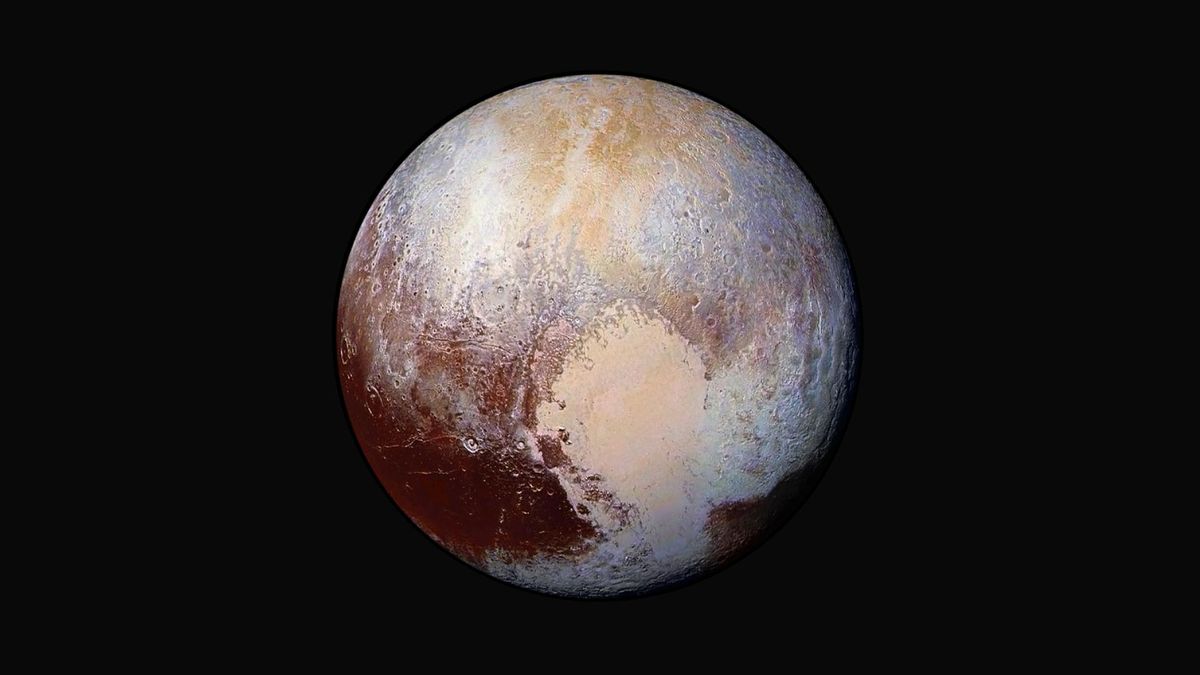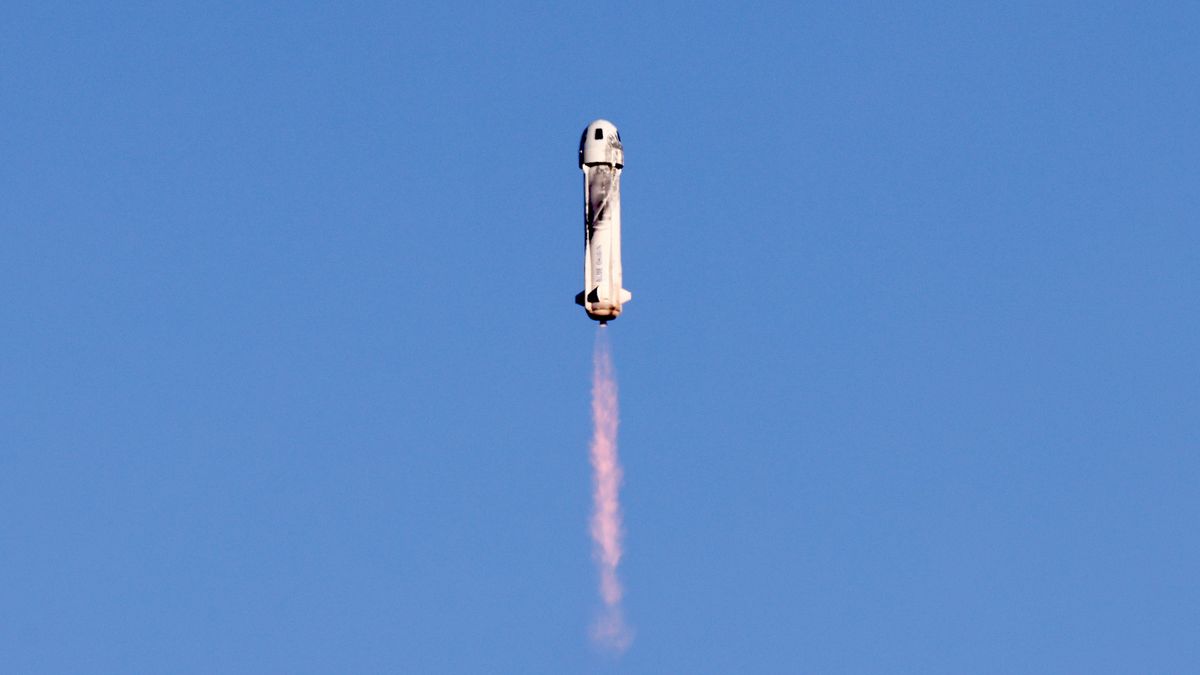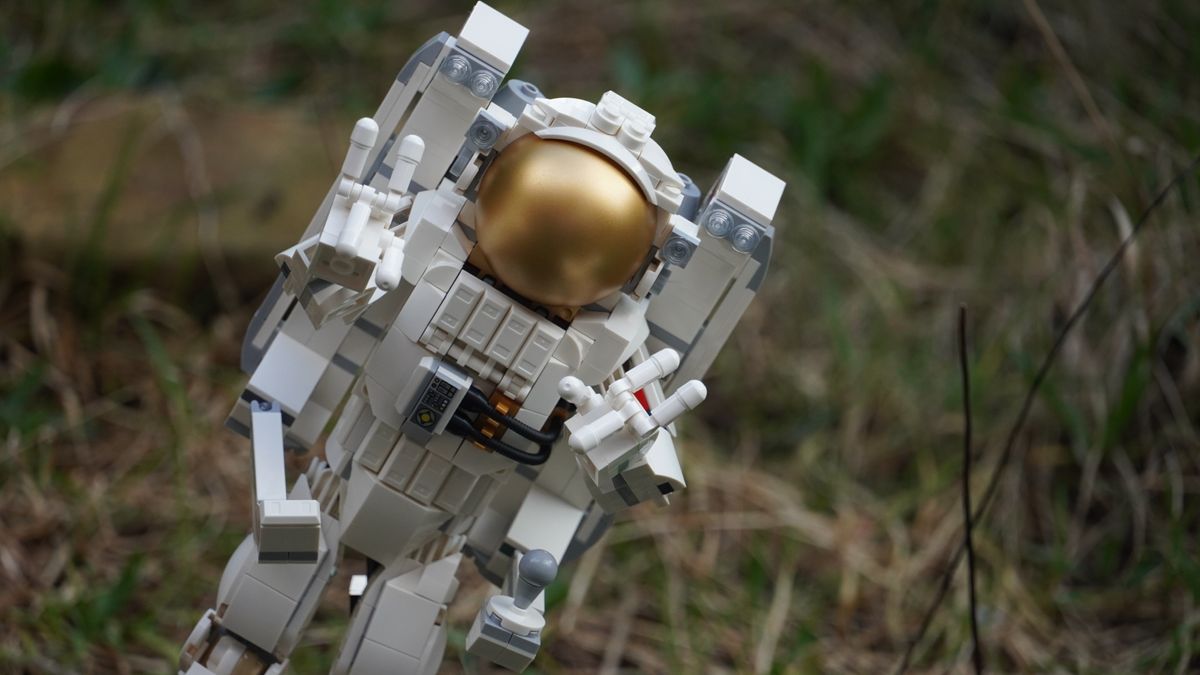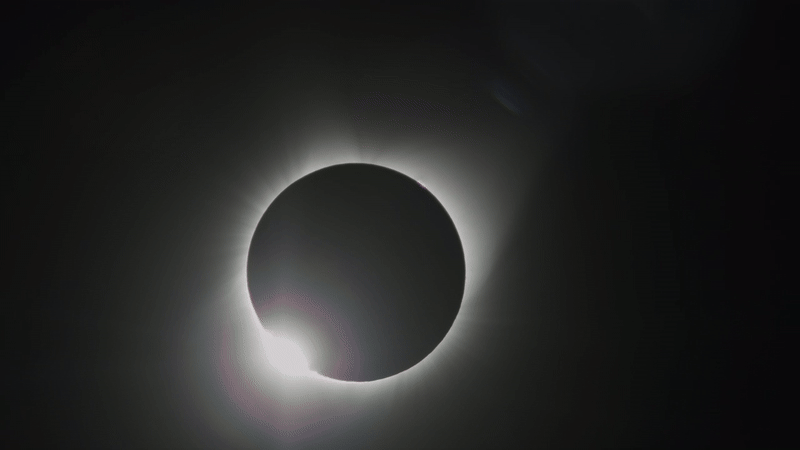Origin of Pluto’s Sputnik Planitia Unveiled
When NASA’s New Horizons mission passed by Pluto in 2015, it revealed the massive depression known as Sputnik Planitia, which dominates one hemisphere of the dwarf planet. This unique feature, approximately the size of Mexico, is believed to have formed from an impact event, although its distinct pear shape presents a mystery.
The Mystery Unraveled
Recent research has shed light on the possible origins of Sputnik Planitia. Scientists speculate that a celestial body similar in size to Switzerland collided with Pluto in the distant past at a shallow angle, resulting in the formation of this massive feature. Understanding the formation of Sputnik Planitia could provide valuable insights into the composition and structure of Pluto’s interior beneath its icy surface.
Harry Ballantyne, an astronomer from the University of Bern, explained, “Most thought Sputnik Planitia was of impact origin, but nobody had been able to explain its distinctive pear shape.”
Anomalies and Theories
Sputnik Planitia, with its dimensions of 2,000 kilometers in length and 1,600 kilometers in width, is not only notable for its size but also for its depth, reaching 4 kilometers. The bottom of this depression reveals a frozen nitrogen surface. Despite gravitational forces suggesting a polar positioning, Sputnik Planitia remains near the equator, prompting various theories to explain its peculiar location.
- One hypothesis suggested the existence of a subsurface ocean on Pluto, where liquid water from the impact event rose to fill the depression before freezing over with nitrogen.
- Alternatively, some researchers argue that a solid body impact could account for Sputnik Planitia’s unique characteristics.
Erik Asphaug, an astronomer at the University of Arizona, shared his skepticism, stating, “In my view, it’s much easier to explain it if you start and end with a solid body that can sustain this kind of splat.”
Simulations and Insights
To delve deeper into the formation of Sputnik Planitia, Asphaug, Ballantyne, and their team conducted 3D simulations. By modeling a 700-kilometer-wide object with a rocky core and water-ice shell striking a Pluto-like world at a 30-degree angle, they successfully recreated a pear-shaped crater. The simulations also indicated that the core of the impacting body remained buried under Sputnik Planitia, affecting its location near the equator.
Despite these findings, further research is necessary to unravel the complexities of planetary collisions and the evolution of features like Sputnik Planitia in the Kuiper Belt. Adeene Denton, a planetary scientist at the University of Arizona, emphasized the need for comprehensive studies to understand the dynamics of icy and rocky bodies in distant solar system regions.
Exploring Pluto’s Depths
While New Horizons’ flyby provided valuable data, a future mission is essential to delve deeper into Pluto’s mysteries. Orbital missions could offer insights into the dwarf planet’s internal structure by measuring its gravitational field, similar to the investigations conducted on the Moon and Mars.
Denton highlighted the importance of obtaining geophysical data through orbiting missions, stating, “There’s a lot of information to be gained about Pluto’s interior, and orbiting Pluto is the best way to do it.”
The research findings, published in Nature Astronomy on April 15, mark a significant step towards unravelling the enigma of Pluto’s Sputnik Planitia and advancing our understanding of distant planetary formations.
Image/Photo credit: source url





